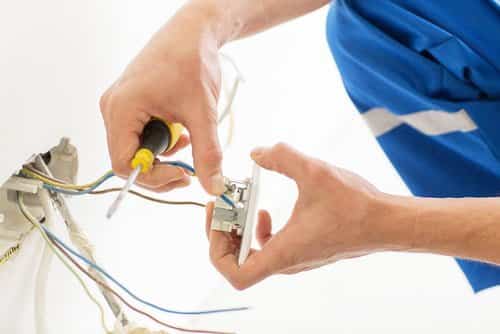We see and use electrical plugs every day in our homes, but most people do not actually know how they are able to transfer electricity from a socket to the device we?re trying to use. Our Atlanta technicians believe that electrical safety starts with knowledge about electrical devices and there is no better place to begin than with the ubiquitous electrical plug.
How a Plug is Constructed
Electrical plugs and the sockets they connect to work much like a puzzle. Plugs have two or three metal prongs that stick out of a plastic base. These prongs are often designed so that they can only enter a socket in one way, which specifies the way that electricity can flow into and out of the device. Likewise, sockets are often designed to accept plugs in one direction. Both sockets and plugs are designed to only fit with devices and sockets that offer the right type of electricity. For example, a 220V hairdryer would not fit in a 110V electrical socket.
How It Connects
It may seem like a simple thing to connect a plug to the socket, but the internal mechanics are a bit more complicated. Sockets contain two or three metal contacts that carry current (or electricity) from the power plant into and out of your devices. If your device?s plug only has two prongs, it connects to a live contact, which brings current in to your home, and a neutral contact, which returns current to the power plant. If your plug has three prongs, it also connects to a grounding contact, which helps to protect your device against insulation failure when it?s plugged in.
Polarization
Our residential electric service technicians note that sockets and plugs are often polarized in a uniform way so that they can only be connected in one way. Polarization allows for switches to break the electrical flow so that you can turn the device on and off without creating a shock hazard.
To learn more about how electricity works in your home, visit our electrical education page!

